
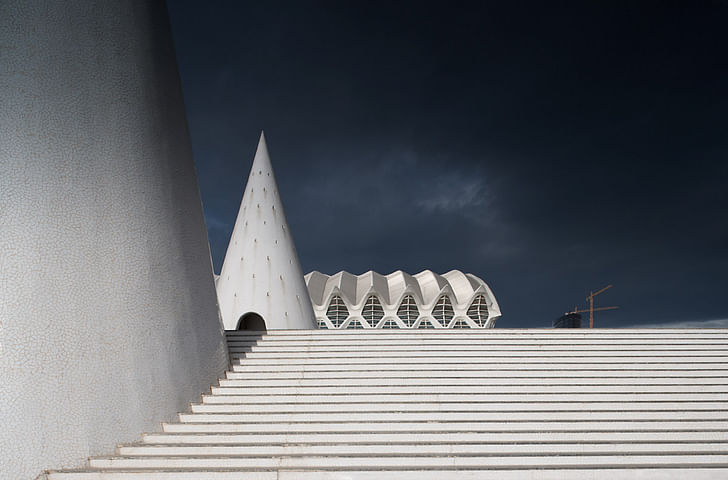
In Focus is Archinect's series of features dedicated to profiling the photographers who help make the work of architects look that much better. What has attracted them to architecture? How do they work? What type of equipment do they use? What do they think about seeing their work in blogs?
In this feature, we talk to English photographer Tim Pike.
Archinect: What is your relationship with architecture? What drew you to architecture, as a photographer?
Tim Pike: Much of my work is visually driven by a long standing OCD. Clean lines, graphic composition and a love of minimalism appeals immensely to those tendencies.
I spent some years working in other genres within photography, without feeling entirely fulfilled. Around five years ago I developed a keen interest in architecture and it just felt right.
I surprised myself that it had taken so long to for me to find architecture as a photographic outlet.
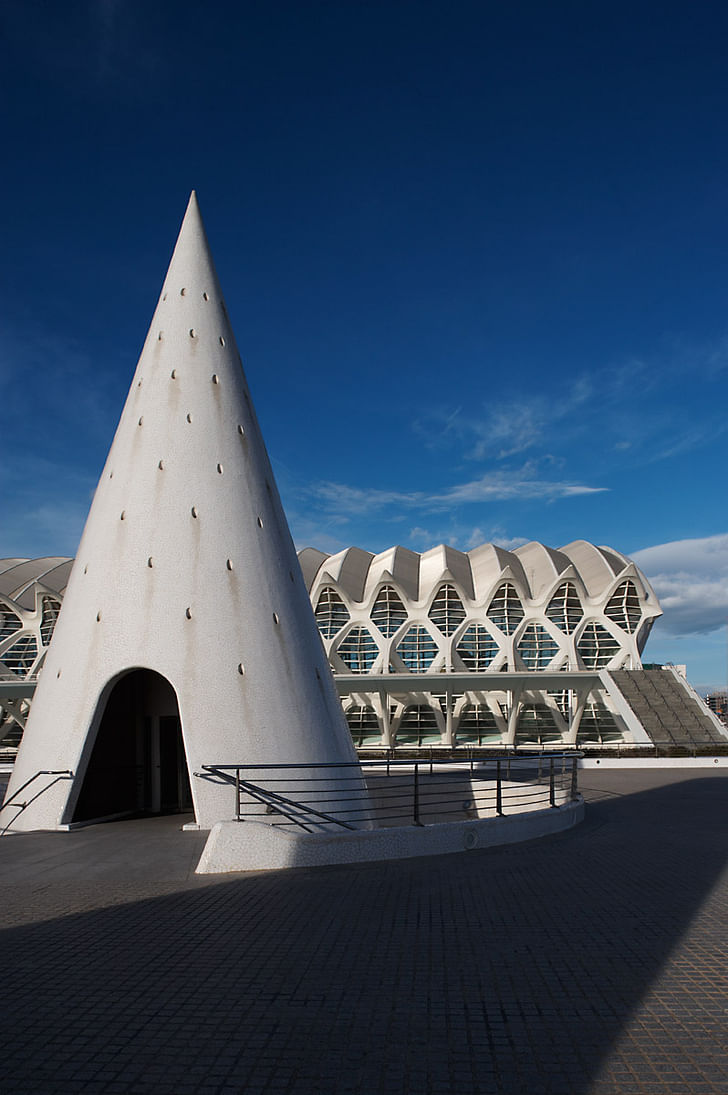
Describe how you work... who are your clients?
TP: Most of my briefings are either done over the phone or via email. I always try to ascertain what the client is personally passionate about with regard to their work on individual projects.
That way, I can ensure that the elements of a building that they have a love for can be captured by me with the same degree of care and thought.
I am fortunate inasmuch as I have had the opportunity to work for a varied array of clients, on interesting projects from construction companies and architects to design agencies and property developers. I am always enthused about new and interesting projects.

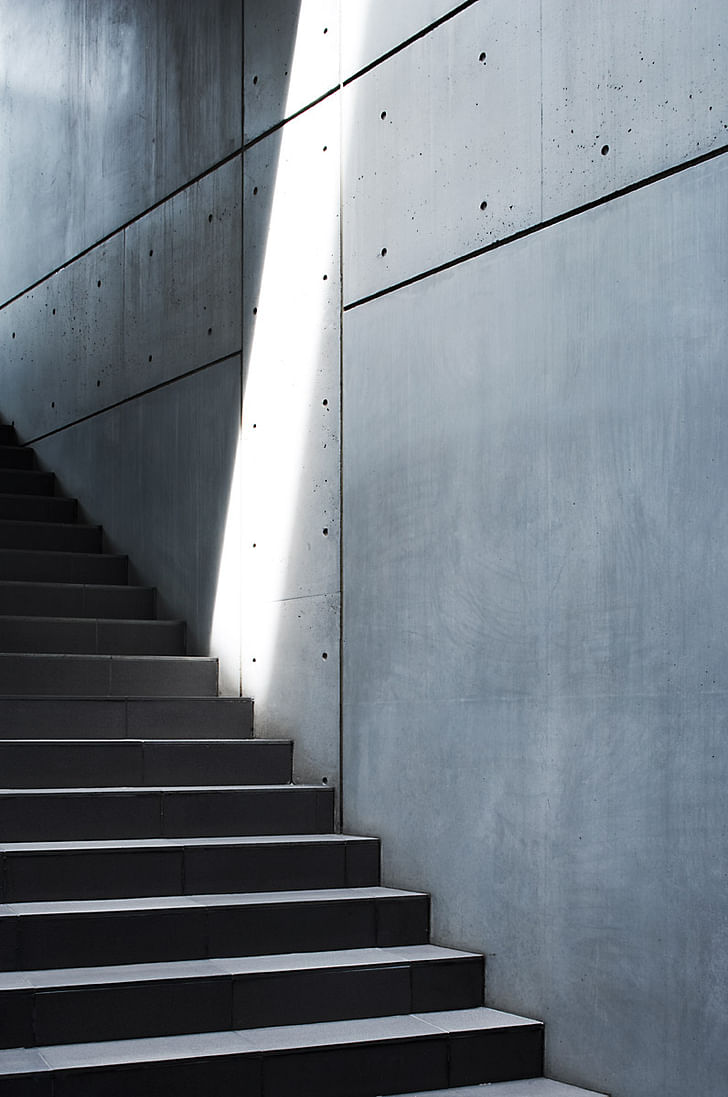
Do you mostly work in a specific region? What is your travel schedule like?
TP: Predominantly UK based, although work has taken me abroard occasionally, and my impatience over dark English skies has led me to travel in search of better weather for personal/portfolio work in the past. I would love the opportunity to work for clients in the States, and in particular the West Coast. The quality of light is remarkable.
What is your goal when capturing buildings in photographs?
TP: That would vary. If it is entirely at my discretion, I tend to want to almost 'deconstruct' the building to an essence that is summed up by singular, minimalist, iconic images. A client led, or a more practical approach would, more often than not require the building to be captured in its entirety to provide a sense of scale and location. It's all about having a flexible approach when commissioned.
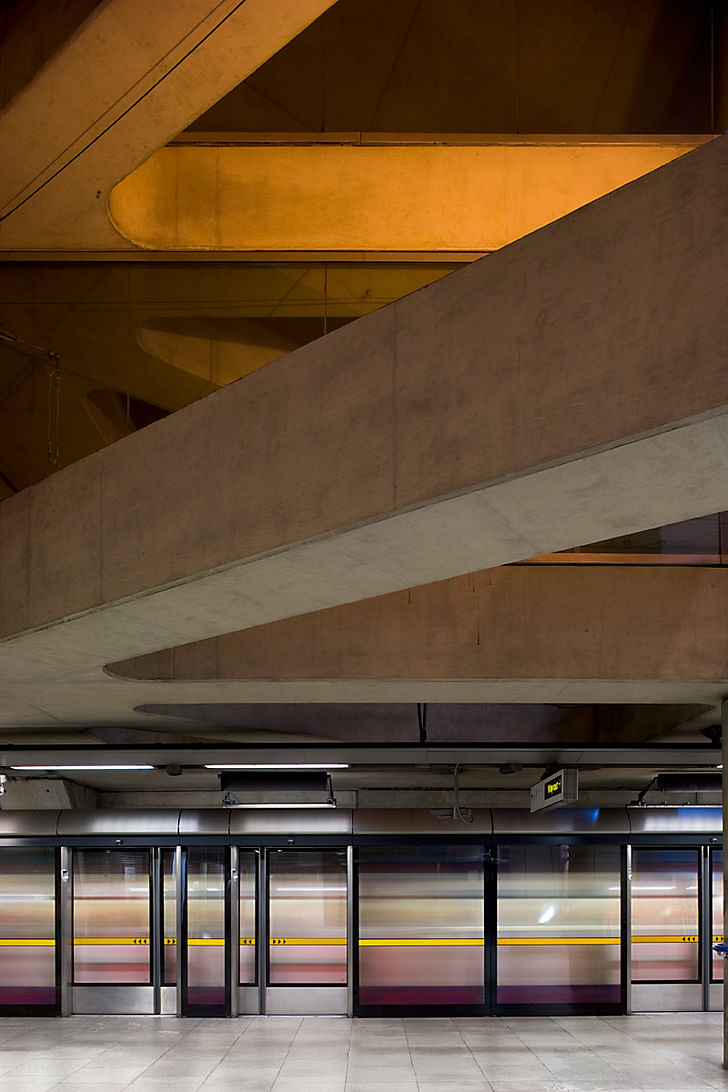

What are your thoughts about including people in your photos? Is it important to photograph a building in use, or by itself?
TP: Again, the flexibility approach. Architecture can be beautiful, and images of buildings that capture shape, form and light without the inclusion of people clearly have their merits.
It is also equally important to illustrate how people interact with and enjoy a space, and also to provide a sense of scale. Carefully including people in final images will illustrate that.
What are your favorite pieces of equipment?
TP: Much as I love various cameras and lenses I use, sometimes it is the simplest things that please. Like the hotshoe spirit level. Very useful.
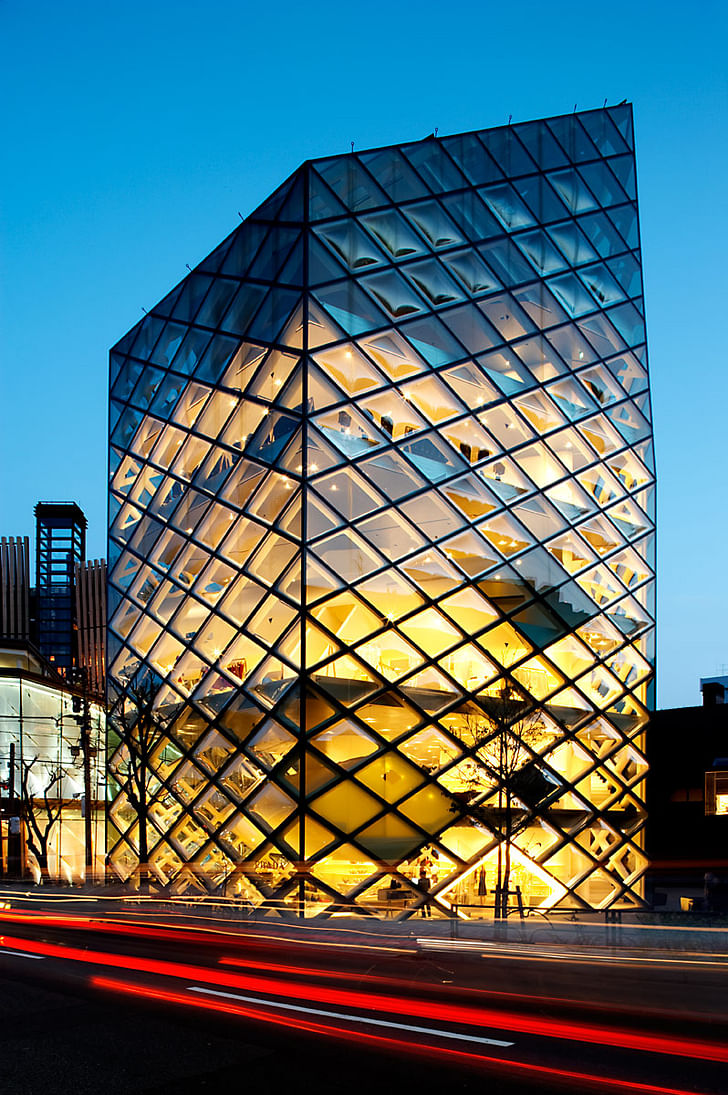
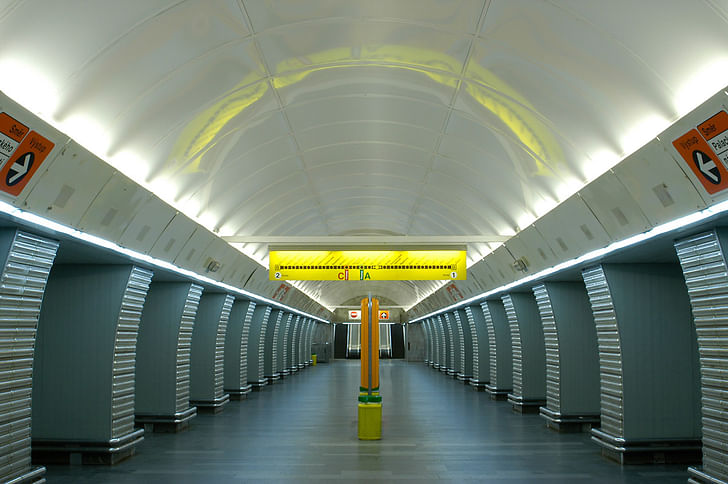
Do you work alone?
TP: Yes. It doesn't necessarily mean I wouldn't work with someone in the future, but photographing buildings is quite a peaceful, almost meditative process for me so therefore a solitary one.
How do you feel about seeing your photographs on blogs and websites?
TP: Flattered mostly and as yet I have not experienced the downside to it, in terms of anyone using my images for financial gain without consent. I think if images are properly credited in interesting blogs, it can be a positive force.
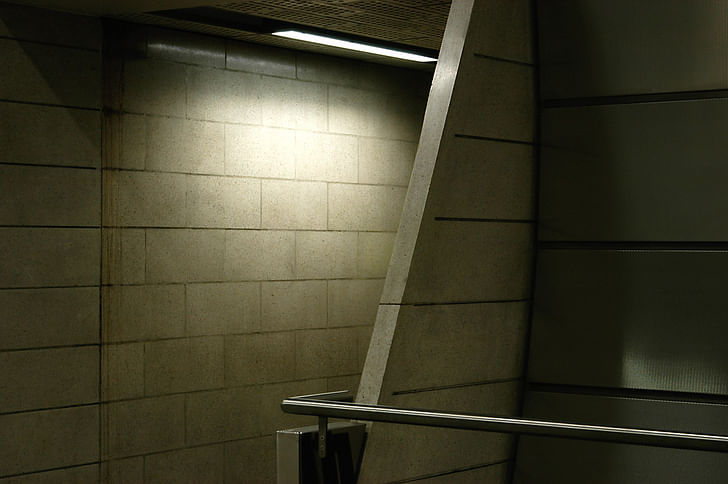

Tim Pike:
August 1973, Essex, England.
Predominantly self taught photographer, but studied at Barking college of technology, London whilst assisting photographers in the early 1990’s.
Previously worked as freelance sports/news photographer before discovering a love for architecture and interiors approximately five years ago.
No Comments
Block this user
Are you sure you want to block this user and hide all related comments throughout the site?
Archinect
This is your first comment on Archinect. Your comment will be visible once approved.